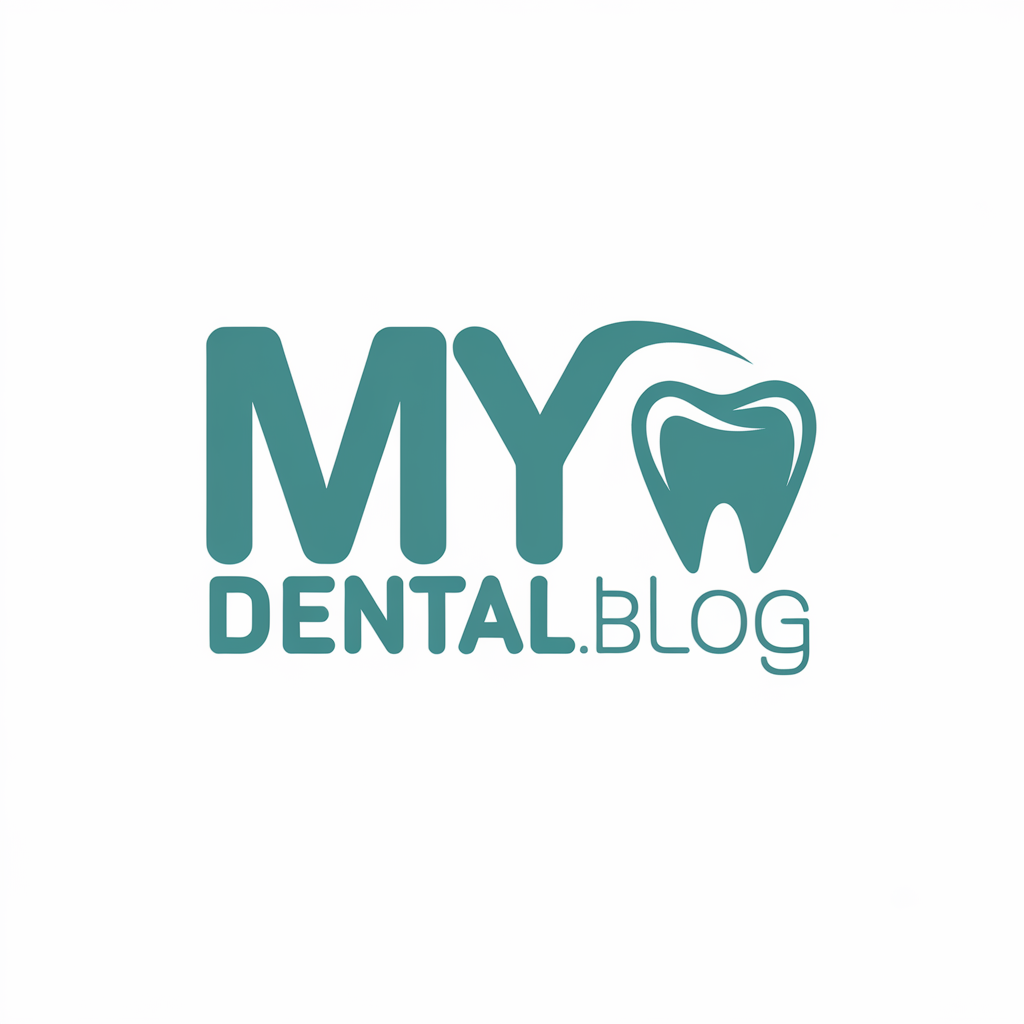How to Tell If Your Gums Are Actually Healthy
How sure are you that your gums are in good condition? Assessing your gum health is crucial for overall oral well-being, but many overlook the signs. By observing their color, texture, and how they react when brushing, you can gauge your gum health. So, what should you be looking for? Understanding these key indicators can help you take proactive steps before any issues arise.
Observing Gum Color
The color of your gums can reveal a lot about your oral health.
Healthy gums typically appear a pale pink, which is a key gum health sign. If you notice your gums are red, swollen, or bleed during brushing, these could indicate inflammation or infection, such as gingivitis.
Darker or bluish hues might suggest poor circulation or other underlying health issues. Additionally, yellowing could point to plaque buildup. Observing your gum color regularly is vital for maintaining healthy gums to catch potential problems early. If you’re concerned about your gum health signs, consult a dental professional for personalized advice and treatment options.
Examining Gum Texture
While observing the color of your gums is important, examining their texture can also provide valuable insights into your oral health.
Healthy gums typically feel firm and have a smooth texture. To assess your gum texture, take note of these three characteristics:
- Firmness: Healthy gums should be resilient and not easily indented when pressed.
- Smoothness: A smooth surface indicates good health, without any bumps or protrusions.
- Moisture: Well-hydrated gums feel moist, not dry or rough.
If you notice any changes in these textures, it may be worth consulting your dentist for further evaluation. Maintaining healthy gums is crucial for overall health, as they can help prevent systemic health issues.
Evaluating Gum Sensitivity
How can you tell if your gums are sensitive? Pay attention to any discomfort when brushing or flossing. If you feel sharp pain or tenderness in your gums, it may indicate sensitivity.
Additionally, monitor your reactions to hot, cold, or spicy foods; a sharp sensation while eating could signal gum issues. Look for any swelling or redness, as these are also common signs of sensitivity. Understanding the impact of hormonal changes on oral health can also help you recognize potential causes of gum sensitivity.
Maintaining good oral hygiene is crucial; if you experience persistent discomfort, consider consulting your dentist for a thorough evaluation. Early detection and intervention can prevent further complications and promote healthier gums.
Checking for Bleeding During Brushing
Gum health can also be assessed by checking for bleeding during brushing. If you notice blood, it’s a sign of potential gum issues.
Here’s what to look for:
-
Bright Red Blood: This indicates fresh bleeding, often due to inflammation.
-
Discoloration: Darker blood may suggest more significant problems and should raise concern.
-
Frequency: Regular bleeding, especially after consistent brushing, signals the need for professional evaluation. Additionally, good oral hygiene is essential in preventing complications associated with gum health.
Understanding Gum Conformation
Healthy gum conformation plays a critical role in maintaining overall oral health. When your gums fit snugly around your teeth, they form a protective barrier against bacteria and plaque buildup.
Look for signs of healthy conformation: your gums should appear firm, pale pink, and without swelling or recession. If you notice any changes in color, shape, or texture, it may indicate underlying issues. Regular brushing and flossing are essential practices to help maintain this conformation.
Regular dental check-ups can help detect problems early. Remember, good gum conformation not only supports your teeth but also contributes to your overall health. Don’t underestimate the importance of maintaining healthy gum structure.





